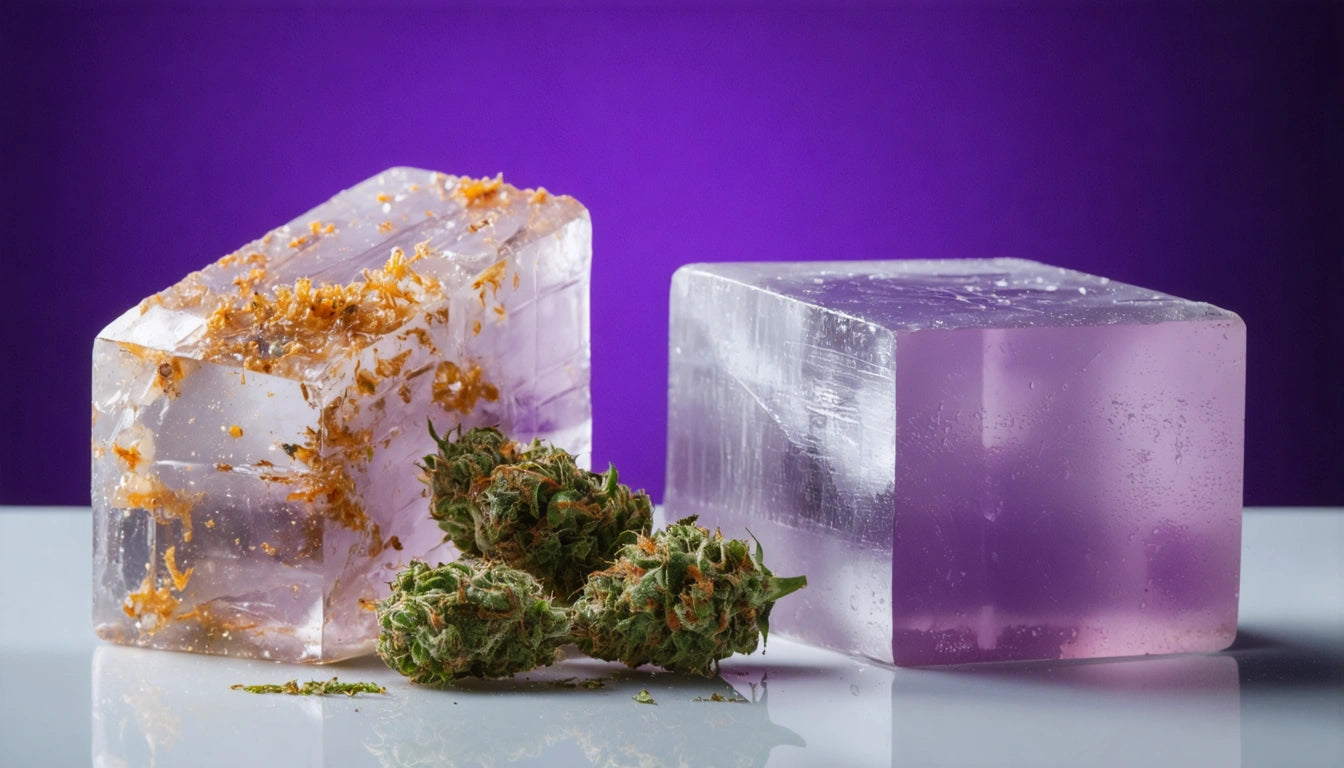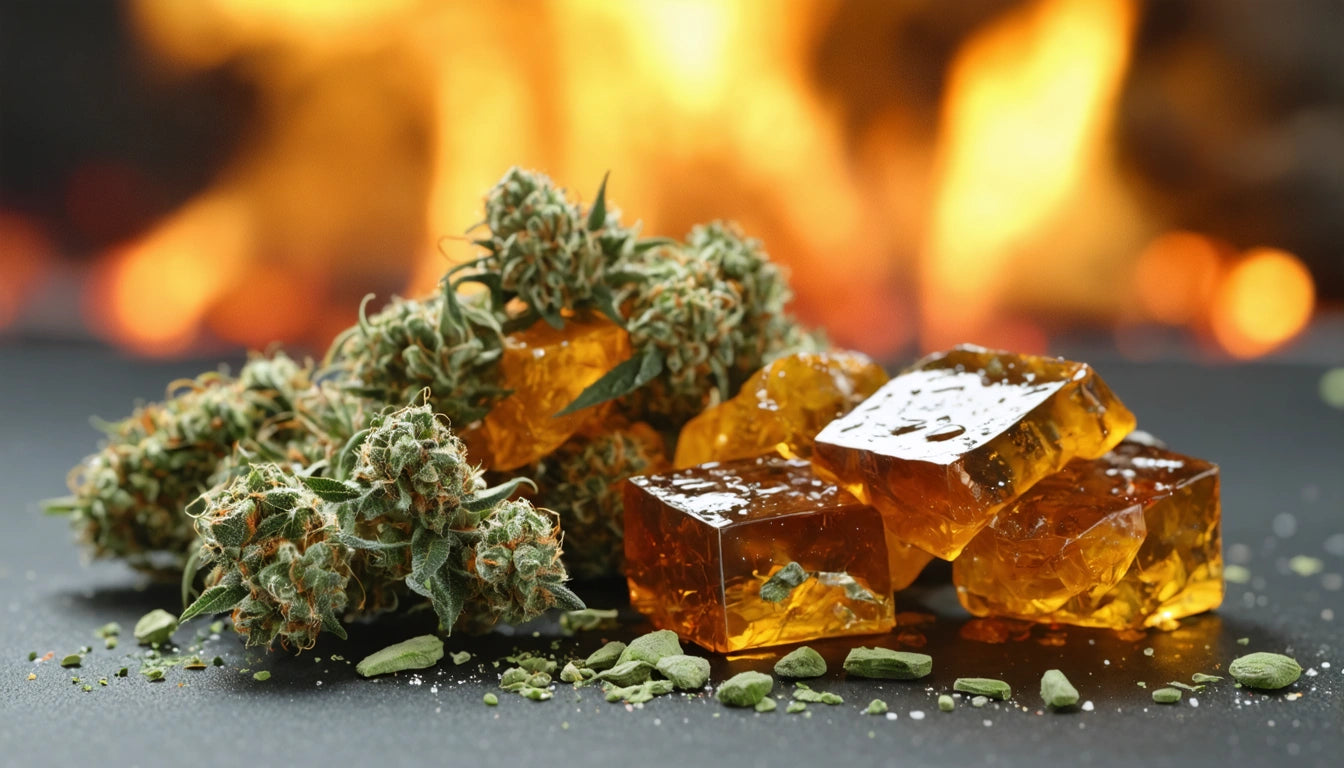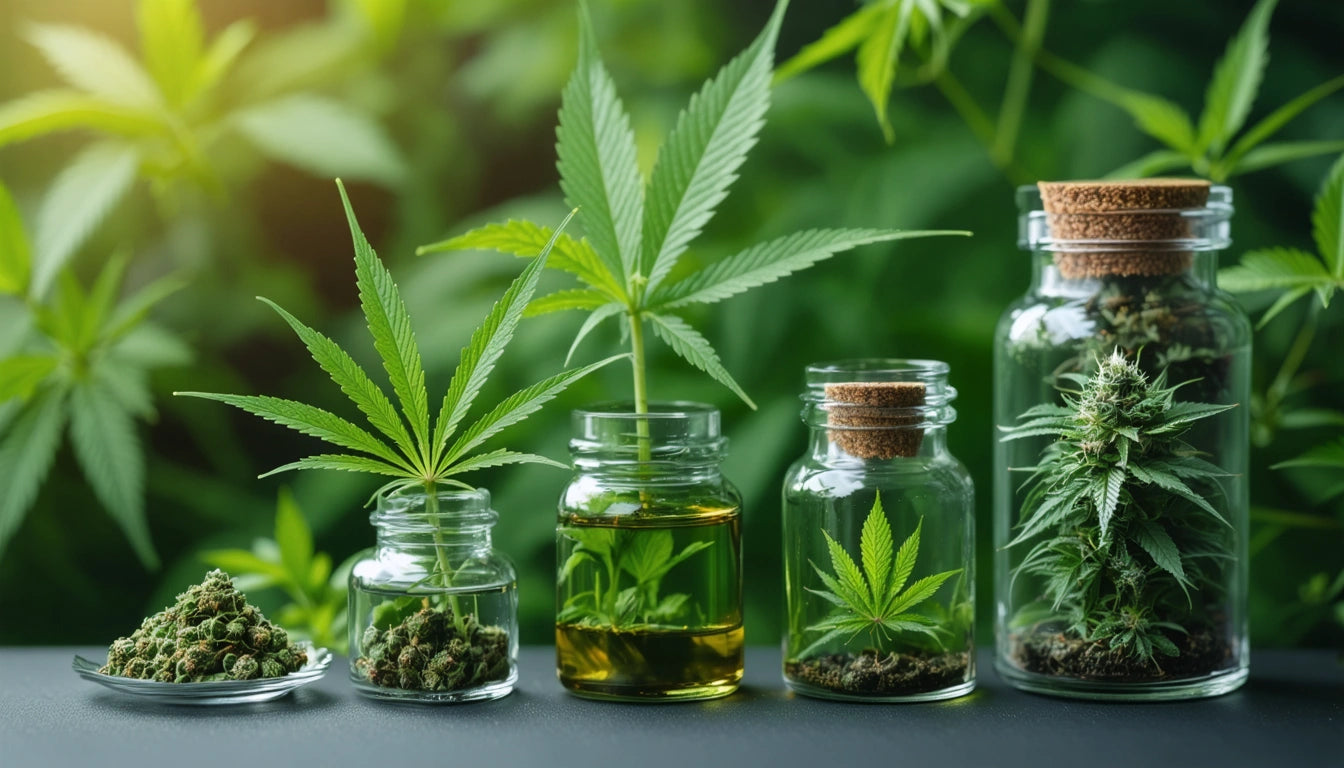Table of Contents
- What Are Cannabis Concentrates?
- Shatter Explained: Characteristics and Production
- Wax Explained: Consistency and Creation
- Shatter vs Wax: Key Differences and Similarities
- Consumption Methods for Concentrates
- Potency Considerations and Safety
- Storage and Handling Best Practices
- The Future of Cannabis Concentrates: Innovation and Accessibility
Understanding Shatter and Wax: A Guide to Cannabis Concentrates
Cannabis concentrates have revolutionized consumption methods, offering potent alternatives to traditional flower. Among these, shatter and wax stand out as popular options with distinct characteristics. This comprehensive guide explores what is shatter wax, their differences, production methods, and best practices for use.
What Are Cannabis Concentrates?
Cannabis concentrates are products created by extracting cannabinoids and terpenes from the plant material, resulting in higher potency than traditional flower. These extracts can contain THC levels ranging from 60% to over 90%, compared to flower's typical 15-25%. Their concentrated nature means smaller amounts deliver stronger effects, making them increasingly popular among experienced consumers.
Shatter Explained: Characteristics and Production
When exploring what is shatter weed, its distinctive glass-like appearance stands out immediately. This translucent concentrate breaks like glass when tapped or dropped, hence the name. Shatter is produced using hydrocarbon solvents like butane or propane in a closed-loop system, followed by purging the solvent through vacuum ovens.
The clarity of shatter indicates its purity level, with amber or gold coloration being desirable. What is in shatter weed specifically includes:
- High concentrations of cannabinoids (primarily THC)
- Terpenes that contribute to flavor and effects
- Minimal plant materials or lipids
- Virtually no remaining solvents (in properly produced products)
Shatter's stable molecular structure contributes to its longer shelf life compared to other concentrates, making it a favorite for those who purchase in larger quantities.
Wax Explained: Consistency and Creation
What is wax shatter? Unlike the glass-like shatter, cannabis wax has an opaque, soft, and malleable texture similar to beeswax or ear wax. This consistency develops during the extraction process when the solution is agitated or processed at different temperatures than shatter.
Wax concentrates can vary in consistency from creamy budder to crumbly honeycomb depending on specific production techniques. The agitation during processing introduces air molecules into the extract, creating the cloudy appearance and softer texture.
Wax typically offers:
- Easier handling for beginners compared to shatter
- A more pronounced terpene profile and flavor
- Faster degradation due to increased surface area exposure
- Versatility in consumption methods
Shatter vs Wax: Key Differences and Similarities
When comparing shatter vs wax, several factors come into play beyond just appearance. Understanding these differences helps consumers choose the right product for their needs.
Texture and Stability
Shatter maintains its solid, glass-like state at room temperature, while wax is softer and more malleable. This difference affects both handling and longevity, with shatter generally having a longer shelf life due to less exposure to oxygen.
Ease of Use
Wax is typically easier to handle and portion, especially for beginners. Shatter can be challenging to break into precise doses without it flying off in small pieces. For processing larger amounts, many producers use specialized grinding equipment to maintain consistency in commercial production.
Potency and Effects
Both concentrates offer similar potency ranges, typically between 60-90% THC. The difference in effects often comes from terpene preservation rather than THC content. Wax may preserve more terpenes due to its production method, potentially offering more complex effects.
Consumption Methods for Concentrates
Both shatter and wax can be consumed through similar methods, though their different consistencies may make certain approaches more convenient than others.
Dabbing
The most popular method involves using a dab rig, which consists of a water pipe with a heated nail or banger instead of a traditional bowl. This method vaporizes the concentrate without combustion, preserving flavor and potency.
Vaporizers
Portable concentrate vaporizers offer convenience for on-the-go use. Wax tends to work better in these devices due to its consistency, while shatter may need to be broken down into smaller pieces.
Adding to Flower
Both concentrates can be added to traditional flower in joints or bowls to increase potency. Wax is generally easier to work with for this purpose.
Potency Considerations and Safety
Understanding what is wax and shatter in terms of potency is crucial for safe consumption. These concentrates can contain three to four times the THC of premium flower, requiring careful dosing, especially for inexperienced users.
Safety considerations include:
- Starting with extremely small amounts (rice-grain sized)
- Waiting at least 15 minutes between doses
- Understanding that edible consumption of concentrates produces stronger, longer-lasting effects
- Ensuring products are purchased from licensed producers to avoid contaminants
Storage and Handling Best Practices
Proper storage extends the shelf life and preserves the quality of both shatter and wax. The key differences in wax vs shatter storage include:
Temperature
Both concentrates benefit from cool storage, with refrigeration being ideal for long-term preservation. Shatter maintains its consistency better in cooler environments, while wax may become harder but remains usable.
Air Exposure
Limiting air exposure is crucial, particularly for wax which has more surface area. Silicone or glass containers with airtight seals are recommended for both types.
Light Protection
UV light degrades cannabinoids and terpenes in all concentrates. Opaque or amber containers help protect potency and flavor profiles over time.
The Future of Cannabis Concentrates: Innovation and Accessibility
The concentrate market continues to evolve with new extraction technologies and consumption methods. Understanding what is shatter and wax provides a foundation, but the landscape is expanding with solventless options like rosin and innovations in live resin processes that better preserve the plant's original terpene profile.
As legalization spreads, we can expect continued refinement in production standards, testing protocols, and consumer education around these potent products. Whether you prefer the stable shelf life of shatter or the easier handling of wax, both offer concentrated experiences that have firmly established their place in cannabis culture.











Leave a comment
All comments are moderated before being published.
This site is protected by hCaptcha and the hCaptcha Privacy Policy and Terms of Service apply.